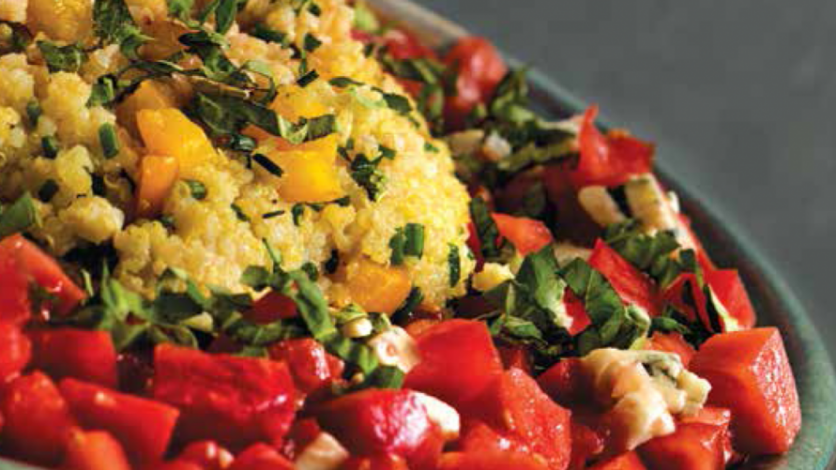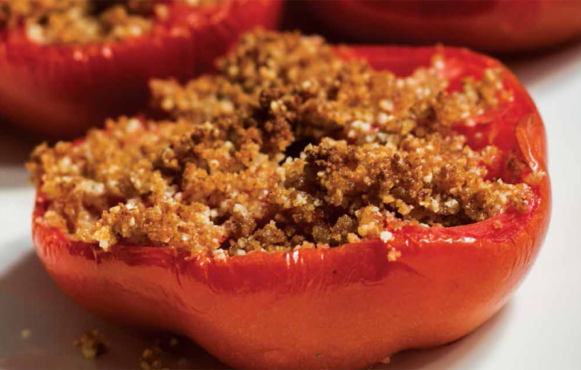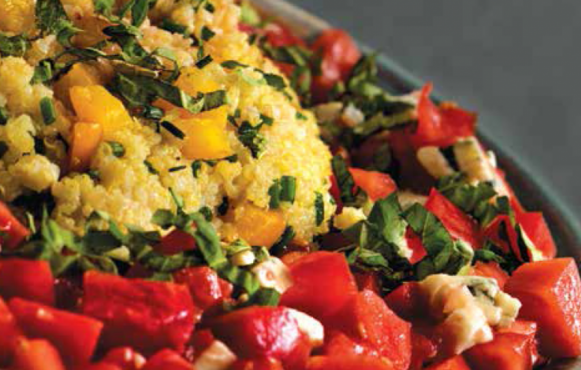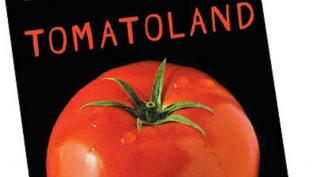Cooking Fresh: Touched by Tomatoes

They can change your perspective, and enliven any dish.
There’s more to a real, local tomato than the sweet and juicy flavor of summer.
For me, one taste of a vine-ripe tomato, just purchased at a hyper-local farmers’ market while I was on a cramped tour bus weaving through a hilly landscape, was a gateway into understanding what local food can mean for our health and our communities.
Until that taste, food had brought as much tension as pleasure into my world—the typical American Pushmi/Pullyu of good-tasting vs. good-for-you food: chips vs. carrot sticks, brownies vs. brown rice. Growing up I assumed some food gave us guilt, other food was “guilt-free.” We were “good” if we ate one, and “bad” if we chose the other.
With the taste of that fresh tomato, I began a journey that took me deep into the world of local food, where I learned real pleasure at the dinner table without pitting guilt against it. The supermarket tomato had, by that time, long been the scourge of the modern diet. But I had yet to know that along with bad taste, worse texture, and reduced nutrients, the modern tomato brought with it other industrial agriculture woes, including slave labor and inordinate pesticide use, outlined in Barry Estabrook’s 2011 exposé Tomatoland.
Fresh, seasonal tomatoes I can eat for weeks in heaping bowls with basil, black olives and feta cheese from the Middle Eastern market.
But after a while, I begin looking for alternative ways to serve them. Tomato pie is a great one (Edible Louisville, Aug–Sept 2014) and should be made at least once every summer.
Tomatoes filled with cheesy, herby breadcrumbs make a dish that is better than the sum of its parts: crispy breadcrumbs contrasting with melted tomatoes. Dressed quinoa with a wreath of fresh vegetables is one take on the grain and veggie theme that makes a hearty salad good for warm nights and for carrying to picnics and poolside.
Enjoy these recipes:








